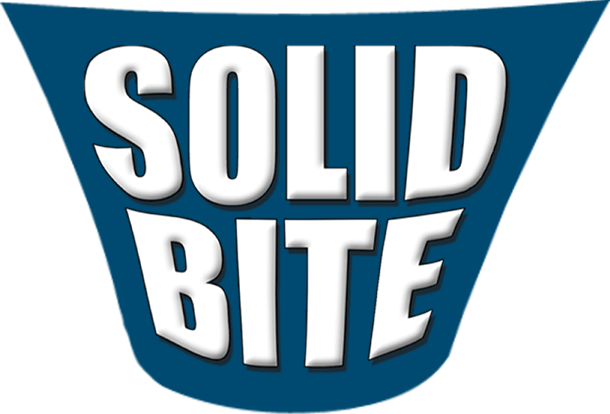New Hope for Tooth Grinders
Your teeth are worn down. You are breaking teeth. You awaken with your jaws clenched. You awaken with headaches.
First let’s call the problem what it is, sleep bruxism. About 10% of the population has it. And there aren’t a lot of good solutions. The best solutions we have is intra-oral appliance therapy that won’t stop the grinding but at least will reduce the stress on the teeth.
But sometimes, a person’s jaw muscles will be stronger than even the appliance. The appliance may break. Teeth that are implant supported may have mechanical failures of the screws that hold the teeth into the implants.
So what else can be done? The answer may be Botox. Yes, that same Botox that is used to take care of wrinkles may be effective in reducing jaw muscle stress. There have been five studies looking at the problem. They haven’t been large studies. But each of the studies shows that the use of Botox reduces the strength of contraction of the muscle. So it doesn’t stop the muscle from working. It only reduces the force of the closure.
The first study was done in 2011. We don’t have a lot of data. But there is promise to show that maybe Botox can be used to help patients who otherwise are damaging their teeth.
It’s worth a try. Yes, it may be expensive, but not nearly as expensive as replacing dental work.
How long does the Botox last? That varies from patient to patient. It may last 3 or 4 months. Or it may last only one month.
You may want to talk to a plastic surgeon who uses Botox and see whether this might be a good solution for you.
Lee N. Sheldon, DMD
Dr. Lee Sheldon does dental implant and periodontal therapy in Melbourne. His new book, The Ultimate Mouth Manual, may be found at all book outlets (also downloadable for free here).




